Pick of Twitter 26/07/1526/7/2015
It's been a while since I last did a Pick of Twitter, which is personally quite annoying because it's my only way of chronicling all the good stuff I see on there - I'm going to try and get back into the habit on Sundays from now on!
Exploring proportional reasoning18/5/2015
Tonight's post is another quick one about using ratio tables, this time for solving proportional reasoning problems. I've previously blogged about using them for percentage calculations and converting fractions to percentages, so thought that a post on general proportional reasoning was long overdue! Note: The ideas detailed in this post took a good few lessons to work through, and we supplemented the discussions with lots of related practice.
By the time I got to proportional reasoning in our scheme of work this year, my classes had already had quite a lot of experience in using the bar model for solving fraction problems. I started off by working through one of the superb lessons I had from the NCETM last year, which looks at proportional reasoning using a bar. It's no secret that I'm a big fan of bar modelling to get pupils to really think about the calculations they are doing. It's a great way to introduce work with percentages too, and solidifies the link between percentage and fraction calculations. One particular advantage is the flexibility it affords - I had one pupil decide that the best way for her to find 15% was to work out 25% and 10%, then subtract one from the other, rather than the more "traditional" method we'd probably all teach of finding 10% and 5%, then adding together.
Introducing fraction arithmetic (2)8/3/2015 This is part of a series of blogs on my favourite way to teach adding and subtracting fractions in a way that sticks and really develops understanding of the process. If you haven't already done so, you can read about Lesson 1 here. Lesson 2 - The importance of equal-sized bars At the start of the next lesson, present pupils with two more sets of data, this time comparing two groups of unequal size. Using group sizes of 20 and 30 are particularly effective. I usually get the class to first represent both sets of data on two more bar diagrams using the template from the previous lesson and get them to record the fractions of Year 8s and 9s that preferred each fruit, cancelling down to the simplest form.
Introducing fraction arithmetic (1)8/3/2015
The lesson(s) detailed below have been absolutely groundbreaking for me in terms of teaching adding and subtracting fractions in a way that makes the topic stick and that pupils really understand. The ideas behind it were introduced to me as part of the NCETM's Multiplicative Reasoning course (previously mentioned in my blog about bar modelling). Unfortunately, while I have the lesson materials, I'm still unsure about their status in terms of sharing - they were presented to us as trial materials, with the suggestion that they would be available to schools nationwide once the project had finished, but I can't find them anywhere on the NCETM's website (yet). So although I can't post a link to the PowerPoint and lesson materials I'm using, I thought I'd pop up a quick blog about the ideas behind the materials.
I've been using bar modelling quite extensively in my teaching since being involved with the NCETM's multiplicative reasoning project last year. Part of the project was to emphasise the importance of diagrammatic representations of problems in teaching maths for understanding; we were given materials to deliver to Key Stage 3 classes, some of which included use of Singapore bar modelling for topics such as fractions, percentages and ratio. I found the work we did really altered my teaching; I think that I managed to teach addition of fractions successfully for the first time since I started teaching, and I was amazed at just how well my students retained efficiency and accuracy with "traditional" written methods.
It seemed like a bit of a no-brainer to pick the bar modelling workshop at the Celebration of Maths, so I and my colleagues trotted along to the session, sat down with our mini-whiteboards and got ready to draw some bars. One thing I was really keen to get out of this session was to iron out some issues I still had with using the bar to solve problems with negative amounts, and I was still struggling to see how to apply bar modelling to exam technique (see my attempt with the Edexcel SAMs here). First of all we looked at some simple problems, like fractions of amounts. I'm already pretty happy with this - there are plenty of examples of stuff like this in my Year 7's books at the moment. I was so proud of myself that I thought I'd add a really constructive "what went well" to my work too. We're going on a bar hunt...6/2/2015 Excuse the pun, I'm just quite excited about the Celebration of Maths event tomorrow. Due to the fact that I'm going to the bar modelling session tomorrow (and that I'm a geek who loves doing Maths on a Friday night), I decided to go on a bar modelling hunt using the Foundation paper 1 from the Edexcel GCSE 9-1 Sample Assessment materials.
As a side note, this is the first time I've sat down and properly worked through any of the new SAMs... and man, they are hard! It will be interesting to see what comes out of the Ofqual stuff in the next few months. But regardless, I've gone through and picked out all the questions that (I think) could be done using bar modelling. The last hour has made me re-evaluate my ideas about bar modelling as the absolute best thing that's happening in maths teaching - don't get me wrong, I'm loving it for developing understanding while teaching new concepts, particularly for fractions and ratio, but I'm more convinced that there's still a place for "standard methods" than I was six months ago. Anyway, here are some mathematical scribblings and ramblings. Due to copyrighting etc, I'm not reproducing any of the original materials on here, so you might want to open a copy of the paper too. |
Categories
All
Archives
August 2020
|
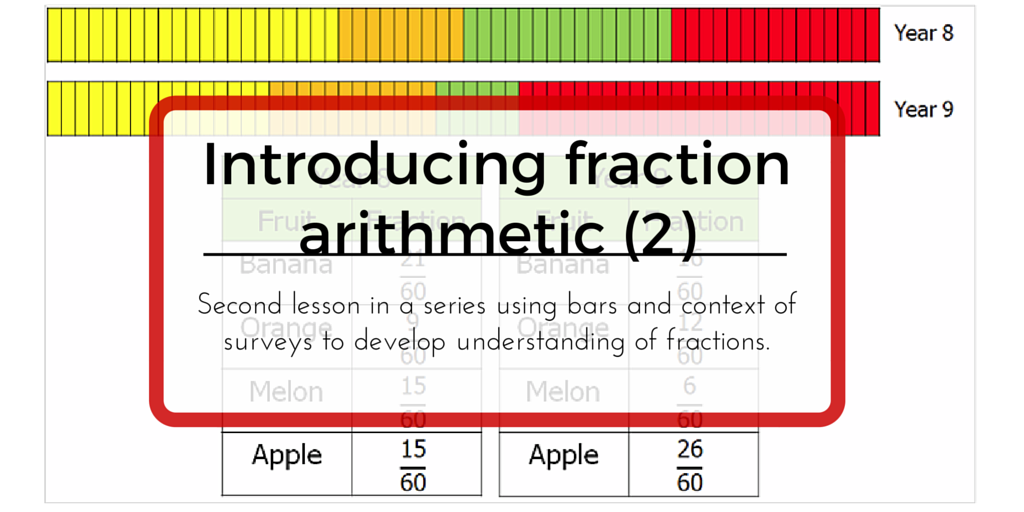
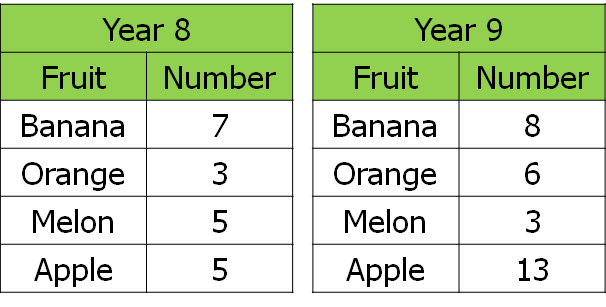

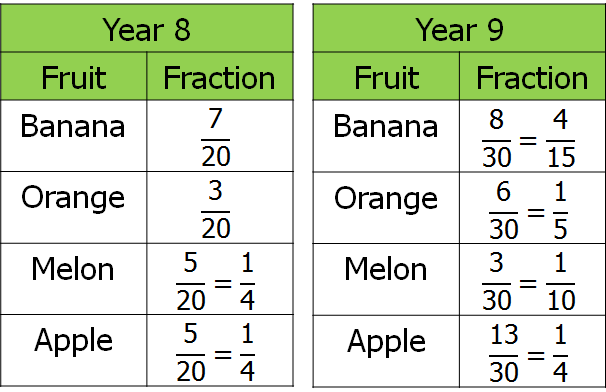

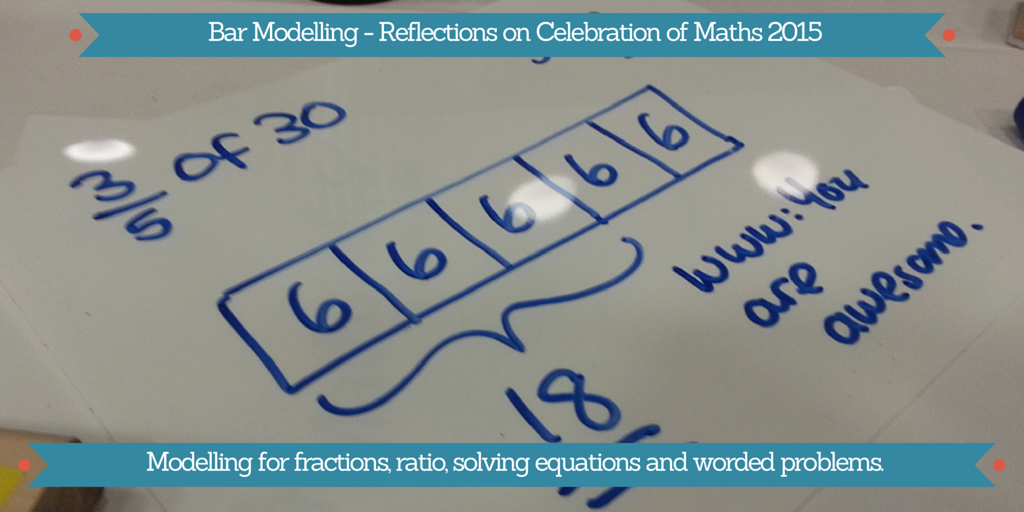
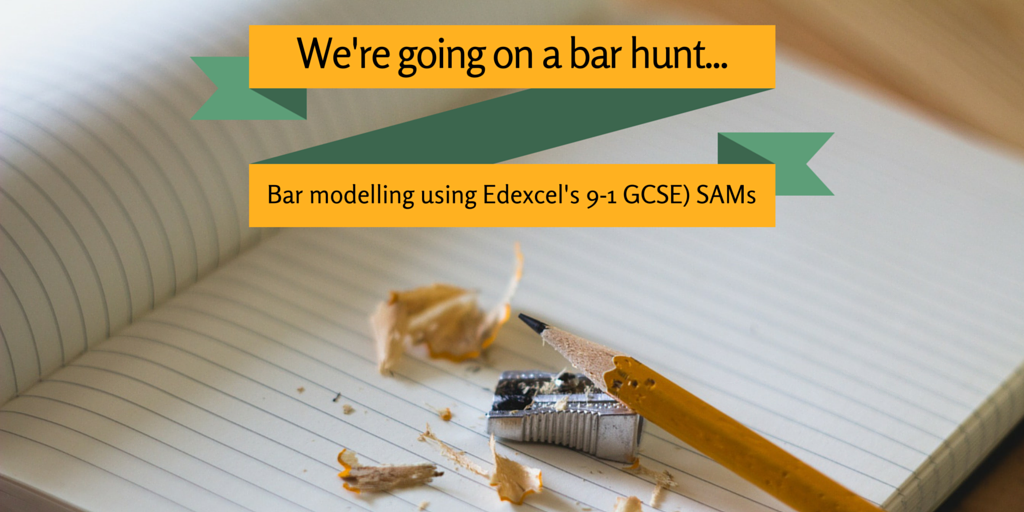
 RSS Feed
RSS Feed
